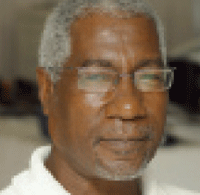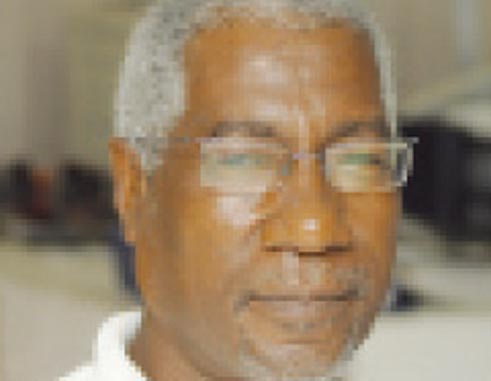
EARLY yesterday (Friday morning), I read a few selected pages from a book by Bonham C. Richardson entitled, “Igniting the Caribbean’s past: Fire in British West Indian history”.
The section I read had to do with Saint Lucia’s April 1907 coal strikes and related riots at a time when the black majority was rebelling against the British colonial government’s representatives and other members of the white planter and settler class.
Back then, Saint Lucia was run by a Governor of the Windward Islands based in Grenada, who visited in times of distress to pacify the rebels and maintain colonial peace.
But by 1907, Britain had decided to withdraw its naval troops from the West Indies and the white minority felt they had been left to unfairly fend for themselves against an increasingly rebellious local majority.
I was attracted by Richardson’s flair with use of words, how he knitted the language of the settler class into the narrative in ways that spoke loudly of the role language – and particularly Kweyol – played in shaping the struggles of the time.
Ruling Saint Lucia was an increasingly serious task for the British administrators and their West Indian enforcers.
Their inability to understand the language of the majority also caused those chronicling the events of the time to use as much negative flair in their own written accounts as they could not even dream of ever doing in Kweyol.
The riot in Saint Lucia, for example, which involved coal carriers and dock workers, was described by one colonial scribbler as a “wage revolt by an enigmatic and linguistically alien working class…”
The rural workers on the cane fields — who set fire to small patches of cane to signal the seriousness about their call for wage increases when they learned the coal carriers and dock workers had got theirs — were described as “gangs of malcontents”.
A group from Dennery that marched on Castries to press their wage demands was described as approaching the capital with “rude flags and loud music”.
And with the British warships no longer anchored in the Castries harbour, the marching protesters were quoted as chanting around the streets: “There are no English Men-of-War now…” — leaving white Castries people “thoroughly terrified.”
But Richardson’s book is really about the role and use of fire as a weapon in the earlier struggles against the harsh effects of colonial policy.
The writer noted that “Fire scared power-holders, and everyone knew it. Furthermore, it was an ideal vehicle for revenge.”
Big fires indeed featured in the 1907 troubles in Saint Lucia, as well as in St. Kitts and Trinidad & Tobago.
In 1905, Trinidadian blacks revolted in protest against “the onerous and ongoing taxation policies of the government”, after which the new Governor claimed he had uncovered a plan by “certain black people” to use fire “against white people” and to “make all the government people ‘smell hell’ during the Carnival parade.”
Of course, following the burning of the Red House in Port of Spain – the main symbol of colonialism — the case was also made by the new governor for the Royal Navy to stay in the West Indies.
Events like what happened in Saint Lucia and described by Anderson tell quite a lot about the role fire played to both burn and frighten, as well as an argument to argue for more British protection for the white settler families.
According to one account, “a crowd of 2,000 to 3,000 cutlass wielding laborers” had burned a Cul de Sac sugarcane estate and the Barbadian and other imported policemen shot and killed four and injured 12.
In the standoff that followed, mayhem was in the air, leading to the Governor urgently visiting Saint Lucia from Grenada.
He rode on horseback to Roseau, where he found “factories soaked in kerosene” and “ready for burning”, as the revolting workers stood their ground.
Governor Sir Ralph Williams would also point to the fires in an official report to London, to warn that fires can also be used in other similar circumstances on other islands.
He said “there will sooner or later be a catastrophe of magnitude”, unless the British offered better Navy protection, failing which the same would happen “in all the negro islands of the Lesser Antilles”.
But their linguistic incapacity wasn’t the only problem that affected the British and the West Indian police and reinforcements. As a result of it, the Europeans and the non-Kweyol speaking West Indian representatives of the British were forced to rely on each other.
For example, despite the fact that armed reinforcements came from Barbados, St. Vincent and Grenada, a Dutch warship also mysteriously appeared in Castries during the 1907 disturbances.
And aboard were what the governor described as a number of “great fair-headed and burly bluejackets… expressing enthusiasm over the chance to ‘have a go’ at the rioters.”
I continue to be intrigued by the role language continues to play in the evolution of Saint Lucia’s struggles over the years – from Slavery through Colonialism and still now in the post-Colonial period.
That’s why the few pages I read from Anderson’s seminal work turned out to be a very good, quiet and interesting early morning birthday read for me on May 19.
If you’re interested, too, I strongly suggest you read the whole book.













